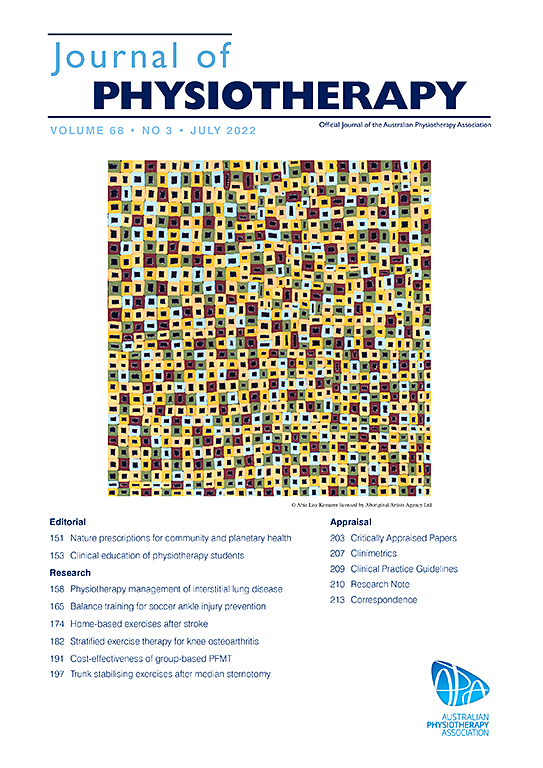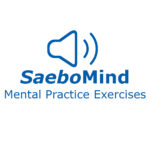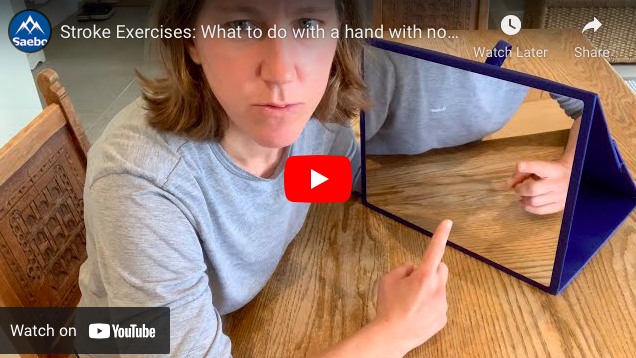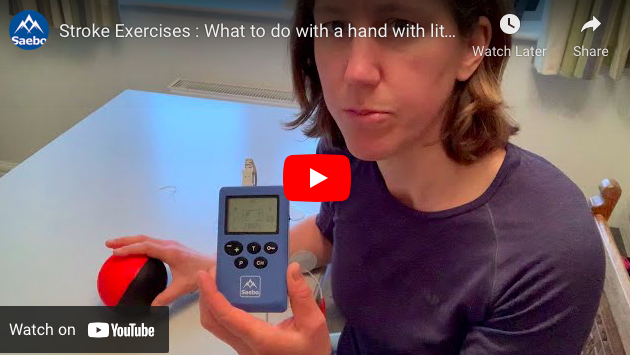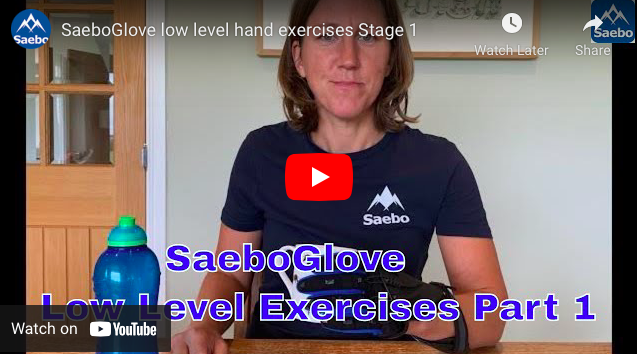Stroke: How much practice should I do?
Amy Bean
Thursday, December 10th, 2020
A commonly asked question by stroke survivors is how much should I practice?, or how many times do I need to practice a movement or task every day.
Lang et al in 2009 states that practice is essential to motor learning following stroke and large doses of practice i.e. 100’s of daily repetitions for the arm and 1000’s for stepping, are required to produce lasting changes and learning.
The brain has a remarkable ability to reorganise itself after a neurological injury, by forming new connections when stimulated, challenged and exposed to new experiences and input. This ability to adapt is often referred to as Cortical Plasticity or Neuroplasticity interchangeably. For these changes to occur in the brain, such that the detrimental effects of the injury to the brain are altered, studies suggest 400-600 repetitions for movements of the arm. (Kleim 1998, Nudo 1996) .
This level of practice is often not achieved during therapy unfortunately, with some observational studies counting as little as 23-32 repetitions per session (Kimberley et al 2009). It will therefore be a significant increase for some people with stroke to meet the required dose.
For further in depth reading into the research behind the required dose needed, do visit the April’s Journal of Physiotherapy . This special edition specifically looks at repetitions and their importance in Stroke Rehabilitation and is well worth reading. You can view this open access journal by clicking on the Journal image.
That sounds like a lot of repetitions needed!
It is possible – in a study by Birkenmeier 2012, the researchers observed that 300 repetitions could be achieved in a routine 1 hour outpatient class. Different strategies can be utilised in a therapy environment such as semi-supervised practice, independent practice and family members assessing with practice (Dorsch et al 2019). For therapists wanting to learn more about how to do this, the Stroke Ed team who carried out a lot of the research and practical implementation, run courses on how (online and in person).
Therefore, if you can do 100’s per hour, you can do 1000’s per day and this adds up to an incredible amount of 10,000’s per week! Try to think of it like learning a new skill where practice is needed every day, and the more you practice the quicker and better you become at that skill.
Can I do too much?
There is no ceiling effect, so in very general terms the more the better. To put this into context, increases from 20-30 minutes of practice per day to 90-100 minutes per day were required to make a noticeable difference which is an increase of about 250-260% (Schneider 2016)
However, you wouldn’t go from being able to jog to the end of your road to running a full marathon in a week so gradually increase the number of repetitions and time spent practicing. Also think about variety of practice as this is important for learning and retaining that learning.
Some useful tips to help stay motivated are:
- Keep an activity log, noting the numbers of repetitions per session/per day
- Keep a video diary of the movement you are practicing so you can look back and see the progress you have made
- Join a suitable exercise group. Because of the legacy of COVID, there are a growing number of online exercise classes to join if you are unable to attend in person e.g. Different Strokes , Stroke Association and a number of private clinics are now offering online as well as face to face group exercise options.
- Variety of exercises – to get inspiration, there are lots of video resources online and we have provided some guidance in a previous Online Therapy Resources blog.
How do I practice if I don’t have very much or no movement at all?
This is where technology can be really helpful. Again, our Online Therapy Resources will help provide some guidance as to which technology and exercises are appropriate by looking at the available apps and links.
Mental Imagery
This is an equipment free option and can be used with any degree of movement, or no movement at all. Our SaeboMIND is a free to download app that takes you through a series of mental imagery exercises.
Mental Imagery is in the Arm Function section of the National Clinical Guidelines for Stroke, 2023.
Mirror Therapy
No movement is required for this, but concentration is. Instructions on how to use it come with the device in addition to this video from our Clinical Specialist to help guide you. The mirror is designed to give an illusion that the affected hand is moving when the unaffected hand moves. Because of the concentration required, try little and often (e.g. 10-15 minute sessions at a time) rather than one long session.
Electrical Stimulation
This can be used to elicit muscle activity when there is no voluntary movement, or increase muscle strength when there are only flickers of movement. Every stimulation from the device counts as one repetition in your daily count. We have 2 different devices to choose from, the SaeboStim ONE and the SaeboStim PRO. Our Clinical Specialist shows how the SaeboStim Pro can be used with little or no movement to practice grasp and release.
Dynamic hand splints
We have two dynamic hand splints to chose from to accommodate different presentations. For hands with tightness and a lot of spasticity we have our SaeboFlex . This is designed to provide the support required for these tighter hands to perform 100’s of reps per session and is ideal as an exercise tool. Our SaeboGlove is more suitable for looser hands, and because it is lightweight it can be worn throughout the day for both exercise and every day use. Our Clinical Specialist shows how this light weight splint can be used when there is minimal movement.
This is not an exhaustive list of ideas but it will hopefully inspire you to get started, and get counting those reps!
